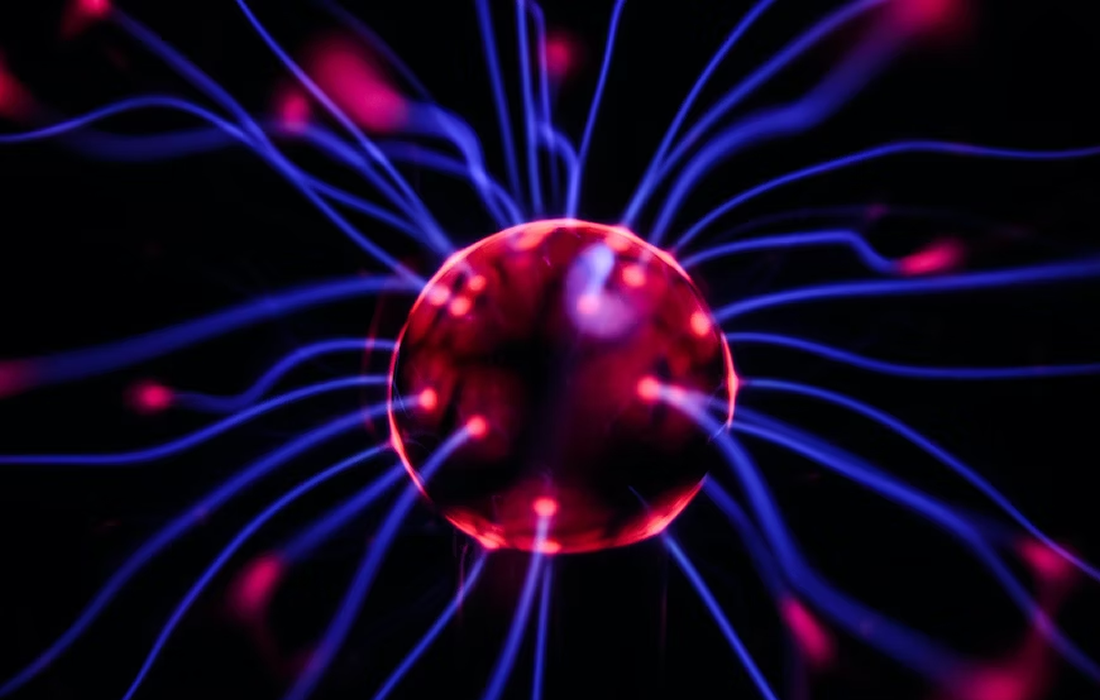Regenerative Medicine News and General Information
Understanding the Speed of Brain Communication
It often was thought that the speed of information transmitted among regions of the brain stabilized during early adolescence. A study in Nature Neuroscience by Mayo Clinic researchers and colleagues from the Netherlands found transmission speeds continue to increase into early adulthood.
Because problems such as anxiety, depression and bipolar disorders can emerge in late adolescence and early adulthood, a better understanding of brain development may help clinicians offer therapies to treat these disorders.
Called the human connectome, the structural system of neural pathways in the brain or nervous system develops as people age. But how structural changes affect the speed of neuronal signaling has not been well described.
“Just as transit time for a truck would depend on the structure of the road, so does the transmission speed of signals among brain areas depend on the structure of neural pathways,” Dr. Hermes explains. “The human connectome matures during development and aging, and can be affected by disease. All these processes may affect the speed of information flow in the brain. “In the study, Dr. Hermes and colleagues stimulated pairs of electrodes with a brief electrical pulse to measure the time it took signals to travel among brain regions in 74 research participants between the ages of 4 and 51. The intracranial measurements were done in a small population of patients who had electrodes implanted for epilepsy monitoring at University Medical Center Utrecht, Netherlands.
The response delays in connected brain regions showed that transmission speeds in the human brain increase throughout childhood and even into early adulthood. They plateau around 30 to 40 years of age.
The team’s data indicate that adult transmission speeds were about two times faster compared to those typically found in children. Transmission speeds also were typically faster in 30- or 40-year-old subjects compared to teenagers.
Brain transmission speed is measured in milliseconds, a unit of time equal to one-thousandth of a second. For example, the researchers measured the neuronal speed of a 4-year-old patient at 45 milliseconds for a signal to travel from the frontal to parietal regions of the brain. In a 38-year-old patient, the same pathway was measured at 20 milliseconds. For comparison, the blink of an eye takes about 100 to 400 milliseconds.
Sources:
Dorien van Blooijs, Max A. van den Boom, Jaap F. van der Aar, Geertjan M. Huiskamp, Giulio Castegnaro, Matteo Demuru, Willemiek J. E. M. Zweiphenning, Pieter van Eijsden, Kai J. Miller, Frans S. S. Leijten, Dora Hermes. Developmental trajectory of transmission speed in the human brain. Nature Neuroscience, 2023; 26 (4): 537 DOI: 10.1038/s41593-023-01272-0
Mayo Clinic. (2023, May 11). Understanding the speed of brain communication. ScienceDaily. Retrieved May 18, 2023 from www.sciencedaily.com/releases/2023/05/230511164625.htm
Image from: https://unsplash.com/photos/OH5BRdggi2w

